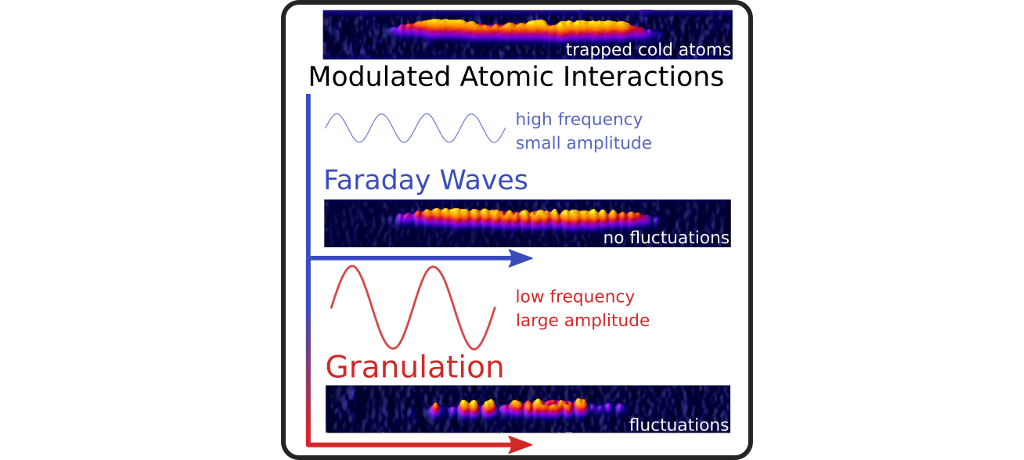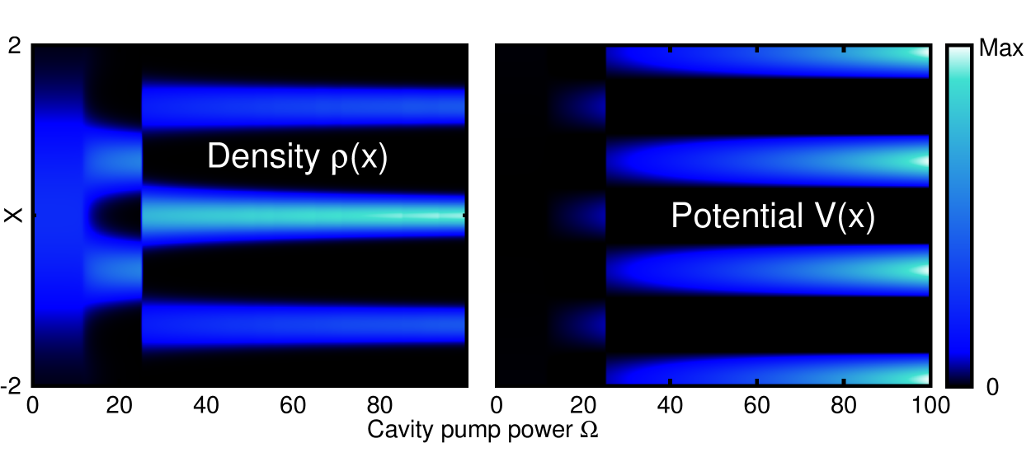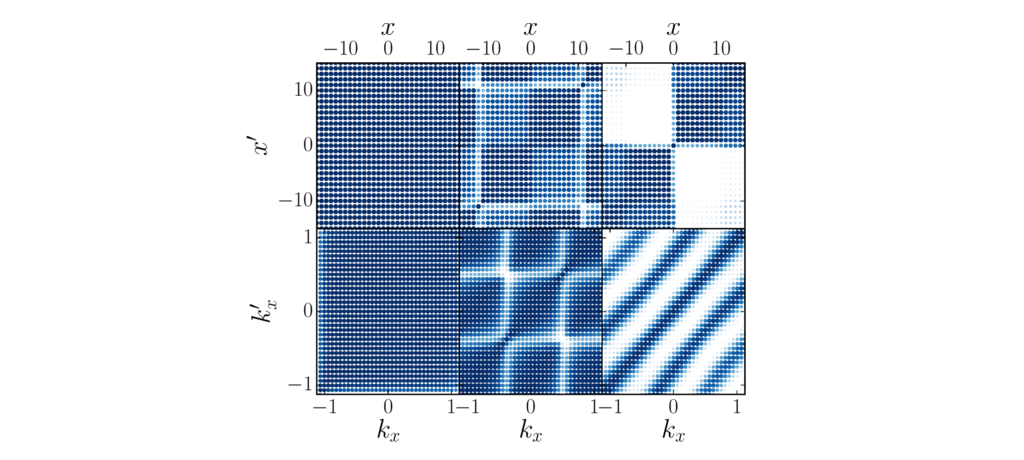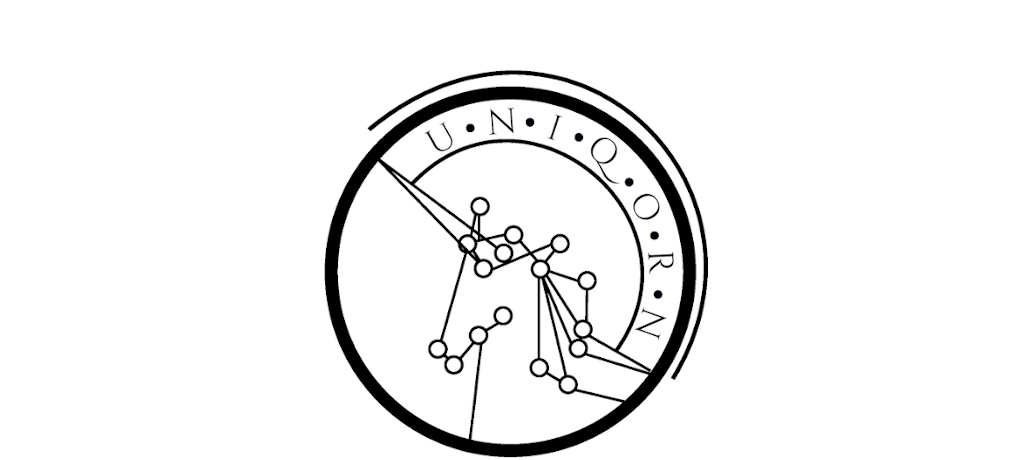The MCTDH-X Software
The Multi Configurational Time-Dependent Hartree method for indistinguishable particles X
- MCTDH-X in a nutshell
- What it is -- MCTDH-X is a collection of computer programs and bash scripts to accurately solve the time-dependent Schrödinger equation for many interacting identical particles and visualize the obtained solutions. The program simulates the behavior of systems of few or many quantum particles, that interact numerically. The program is a shared and distributed memory parallelized Fortran code that can be controlled with an input file and bashscripts. From the output of the simulation, graphs and videos are generated by invoking bash scripts that call mencoder and gnuplot.
- Who can use it --The program is targeted to researchers, principally, in the fields of theoretical and experimental dynamics of ultracold atoms or electrons in atoms or molecules; more generally, atomic physics where solving the Schrödinger equation of identical particles is needed are the scope of the MCTDH-X software. Students interested in simulating and visualizing microscopic quantum systems can benefit from using MCTDH-X. Setting up a calculation and obtaining physical results is easy and requires no knowledge of programming.
- How it works -- The MCTDH-X software solves the many-body Schrödinger equation by using a general many-body ansatz, that goes beyond the mainstream mean-field approaches like the Gross-Pitavskii or Hartree-Fock equation. Thus, fragmentation and correlations can be treated with the program. Please confer the theory behind and the proof-of-principle application to splitting a single well into a double well potential [see also Phys. Rev. A 77, 033613 (2008) and Phys. Rev. Lett. 99, 030402 (2007)]. For fur ther reading, see this review article and the literature therein.
- How it is documented -- The usage of the program is documented in an online documentation, a pdf user manual, and the code is documented with doxygen-generated html pages containing call- and caller-graphs that help you to understand the organization of the code.
- How it is managed -- The code is managed with Mercurial (hg). The repository contains different branches for the development and a default branch for the production releases of the code.
- What it needs --The program package can be installed on any Linux/Unix-based system that has a bash-shell, GNU Compiler Collection (GCC) or Intel Fortran compilers. Together with the package an installation bash script is distributed that automatizes the installation process.
- How it is structured --The program package is structured in main and analysis programs accompanied by bash scripts. Both, the main and the analysis program come in Fortran modules that employ fast Fourier transforms (FFTW or the Intel MKL FFT libraries, for instance), BLAS, LAPACK as well as the several integration routines from the Heidelberg MCTDH package. The IMEST (iterative matrix evaluation by successive transformations) can be used to evaluate many short- or long-range interparticle interaction potentials that depend on the distance between two particles. Bash scripts help automating the visualization process, the program''s usage and installation.








